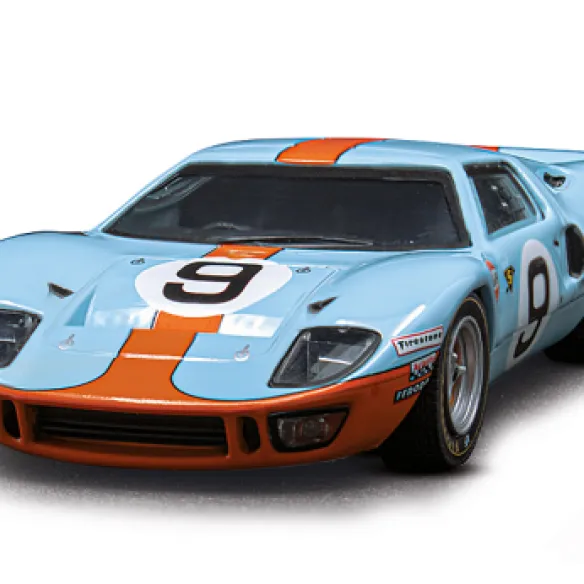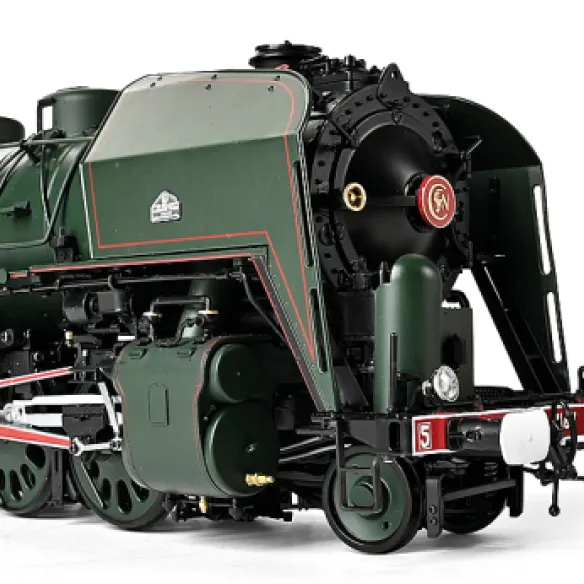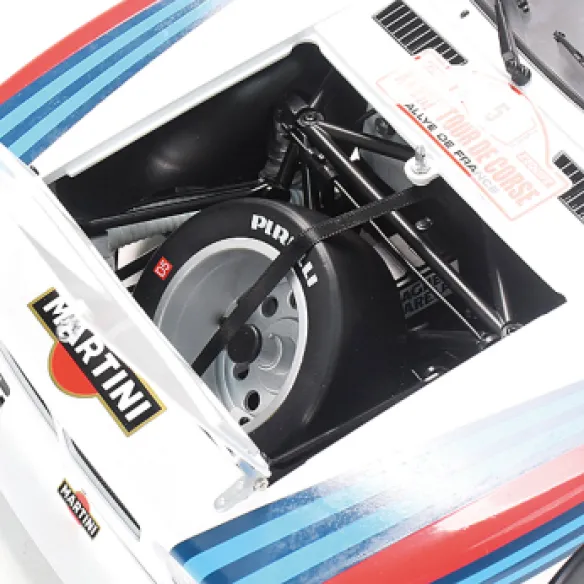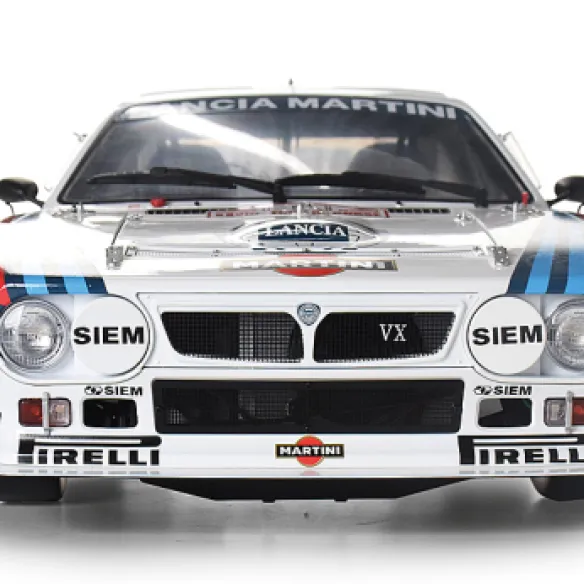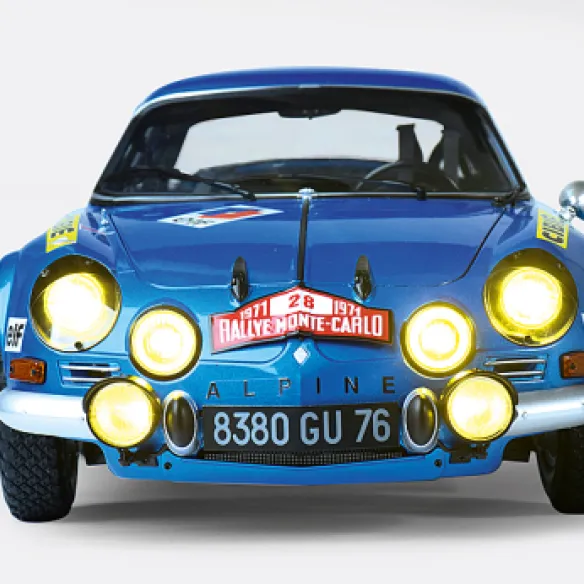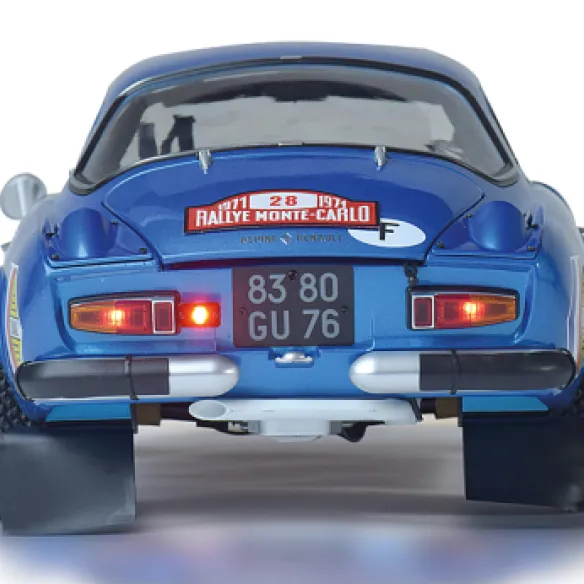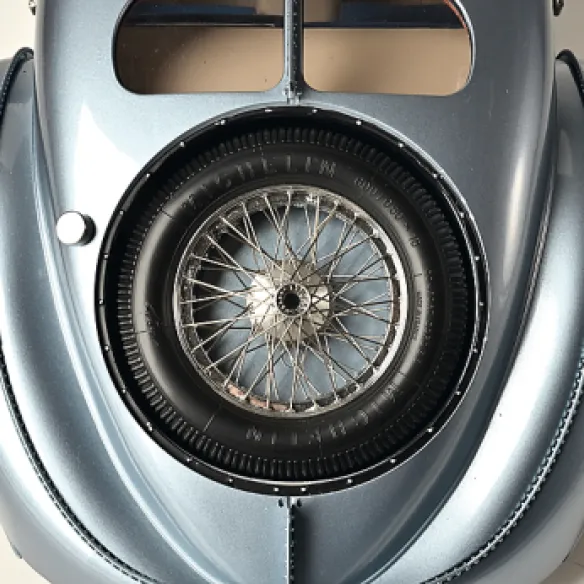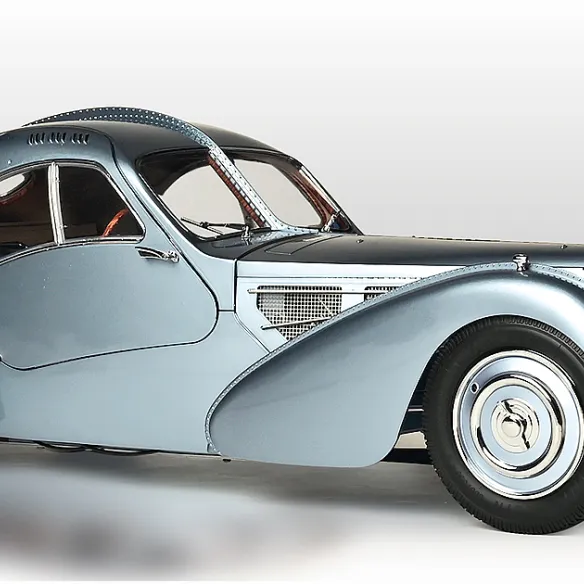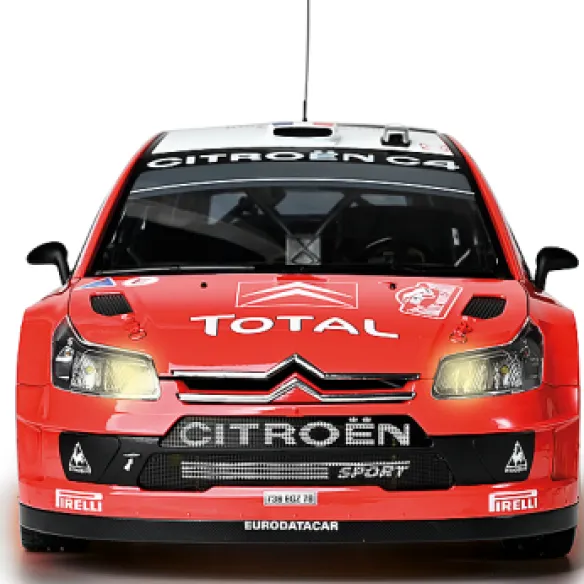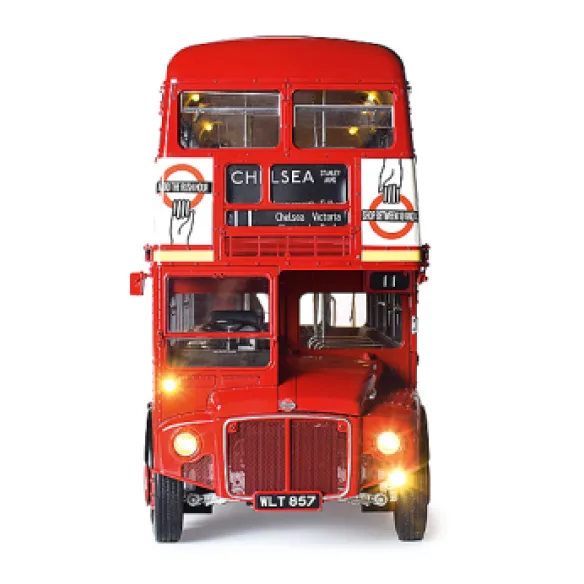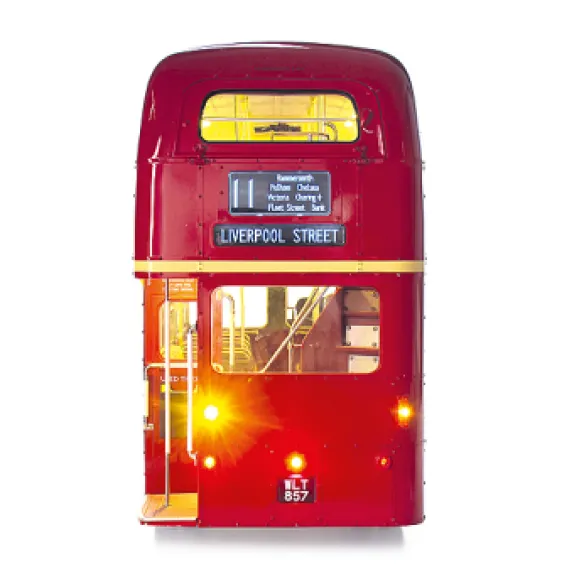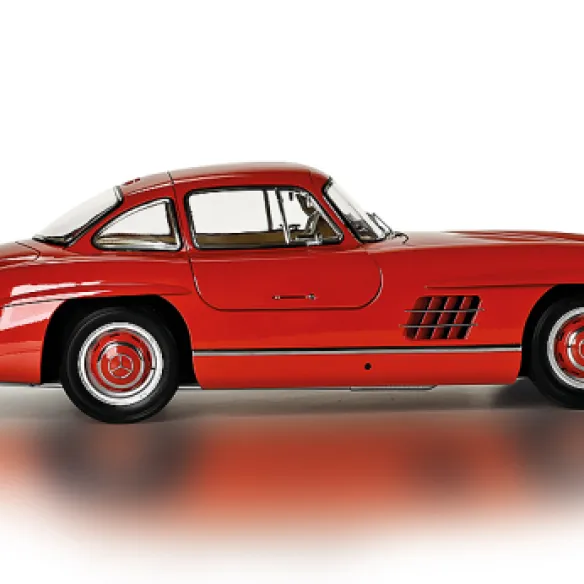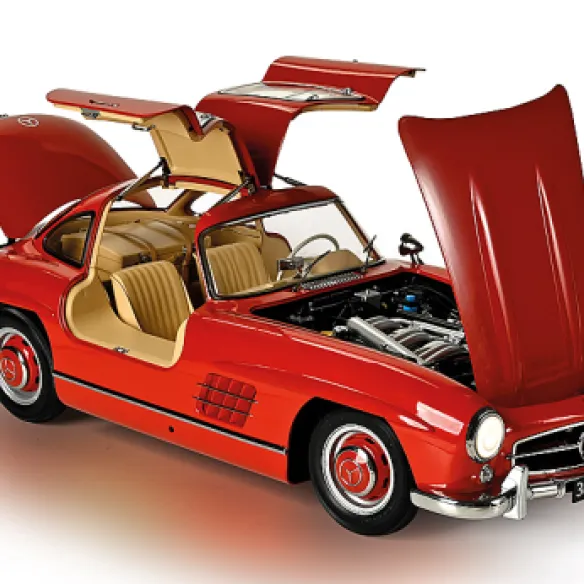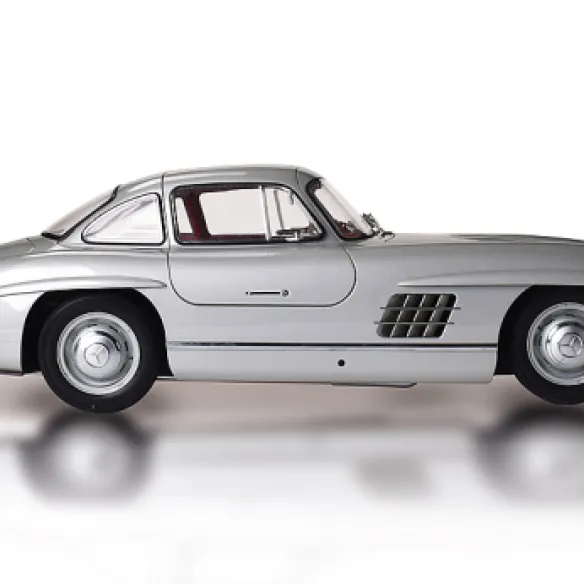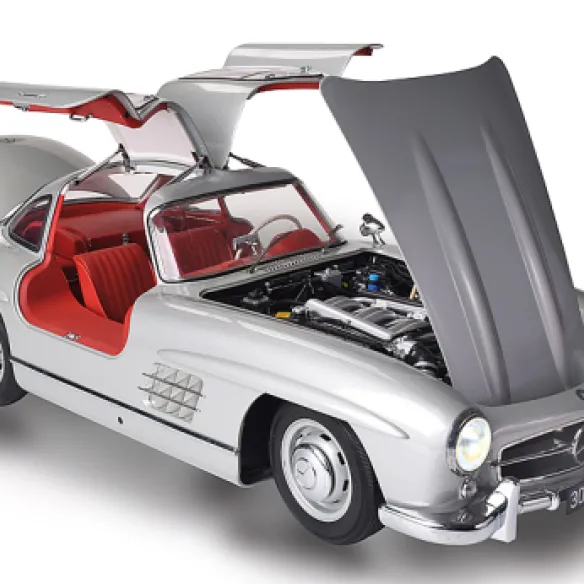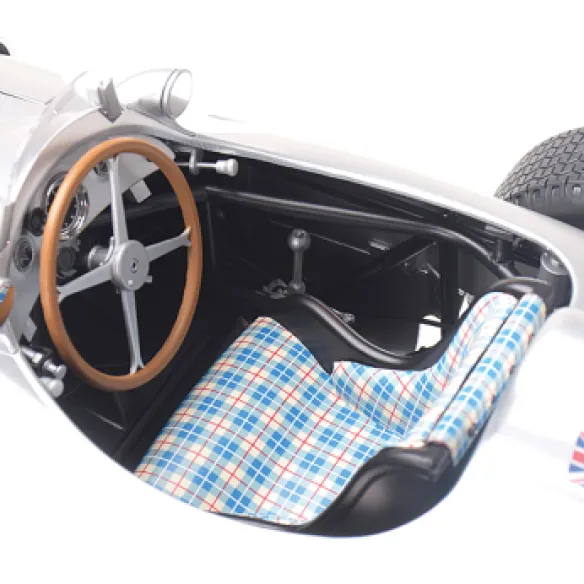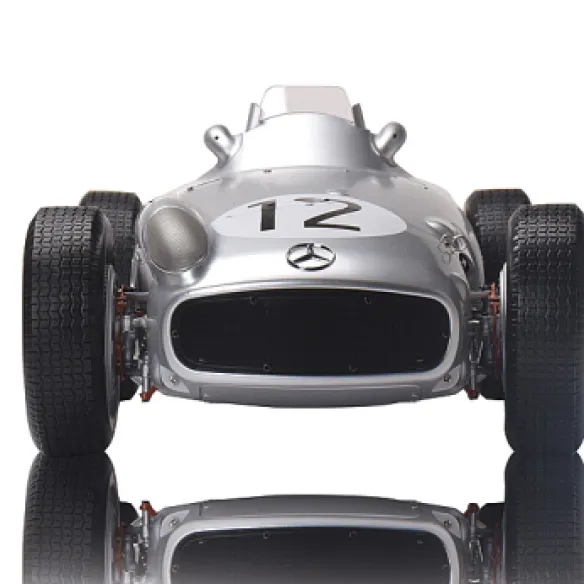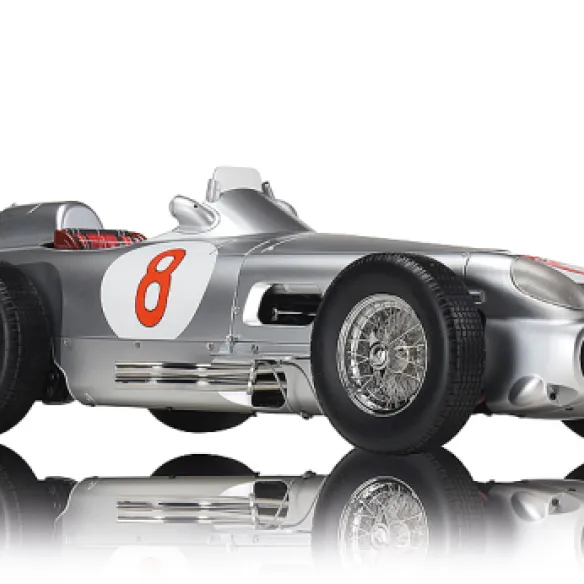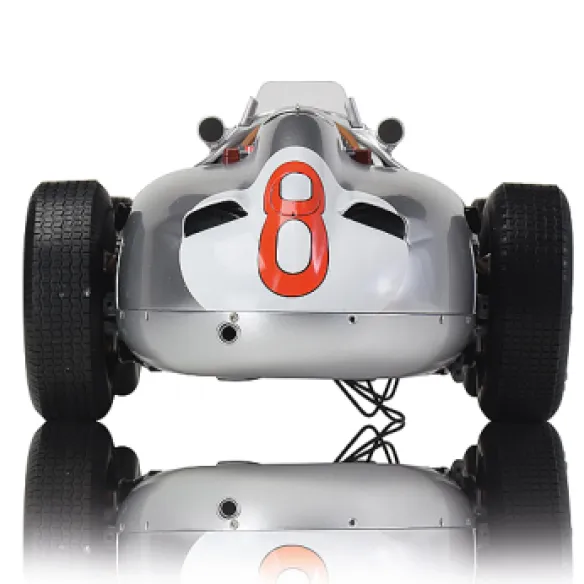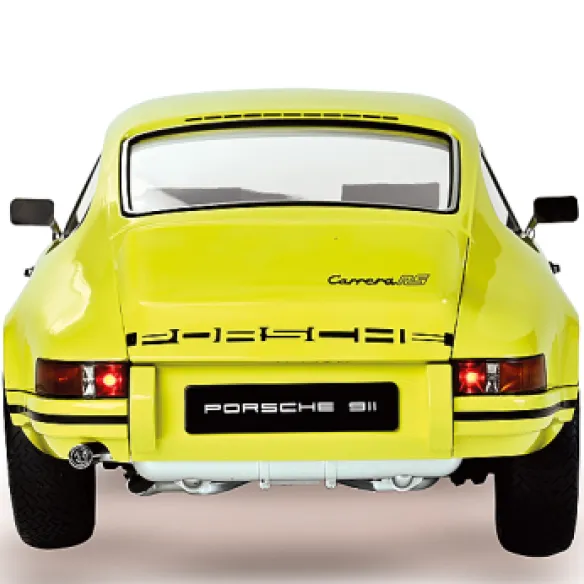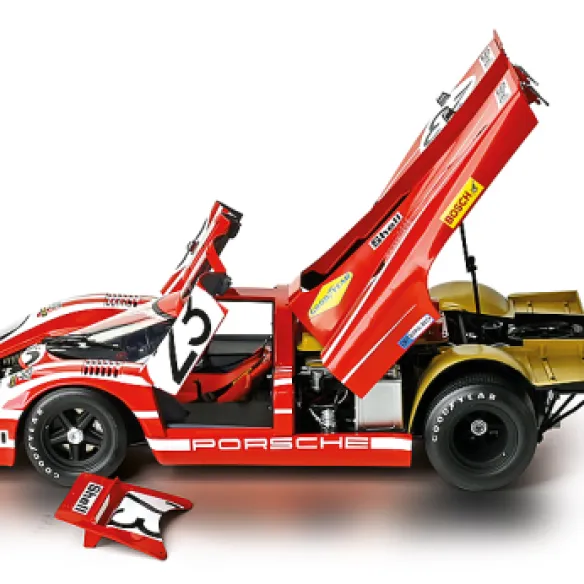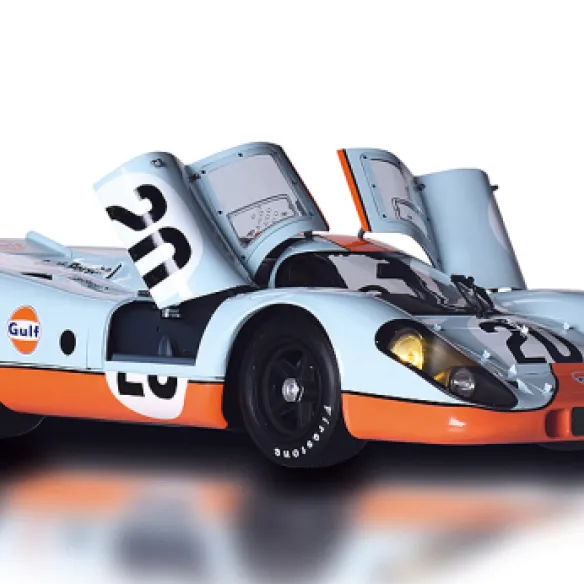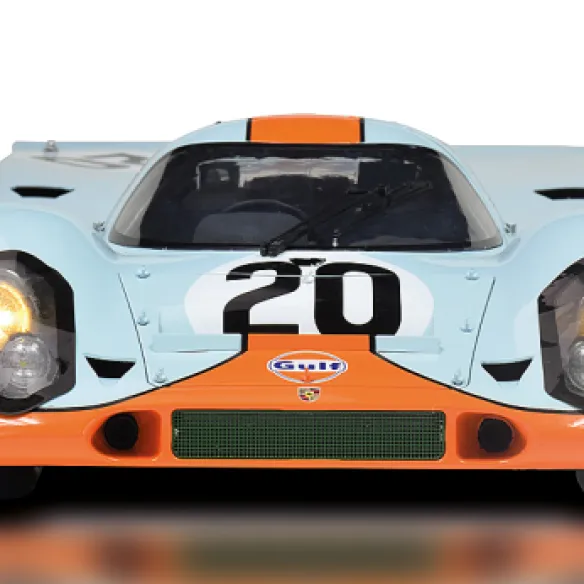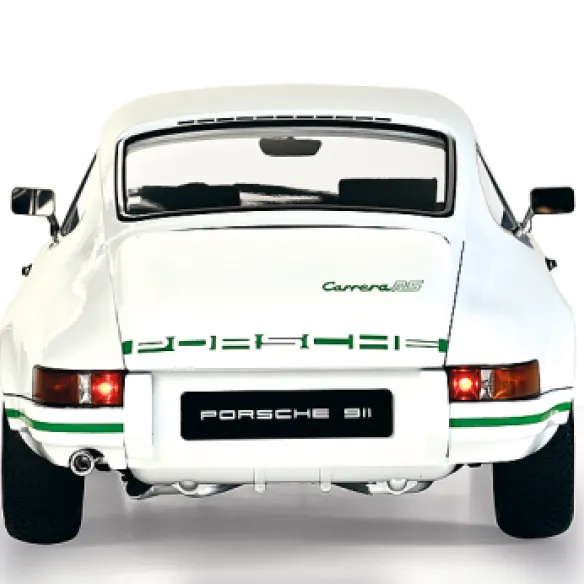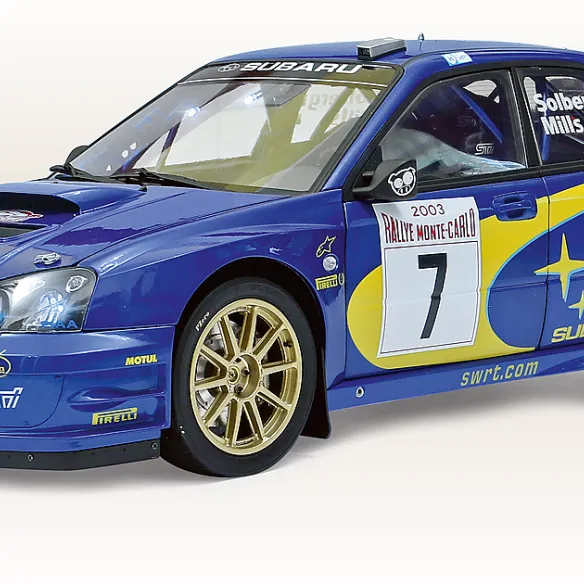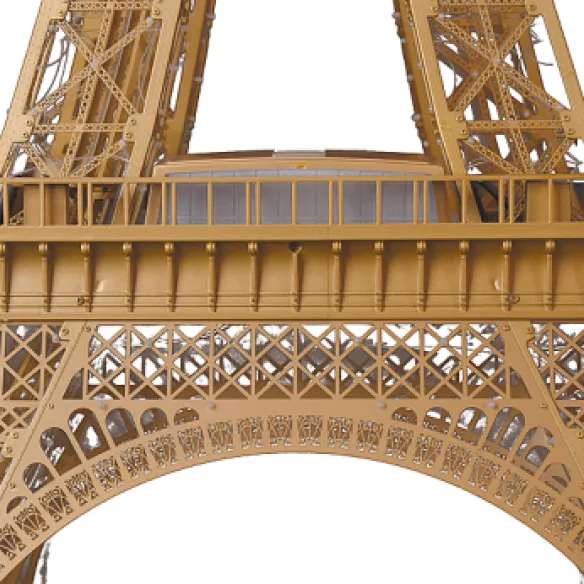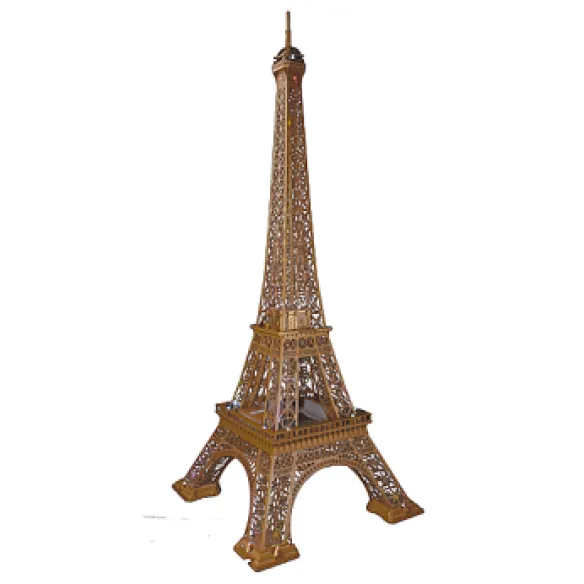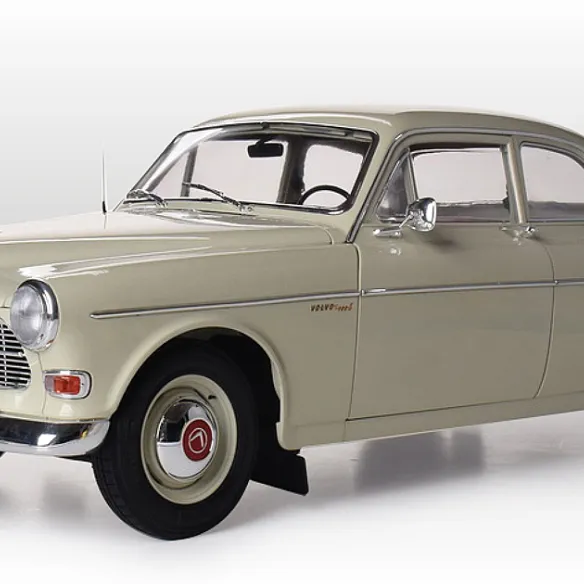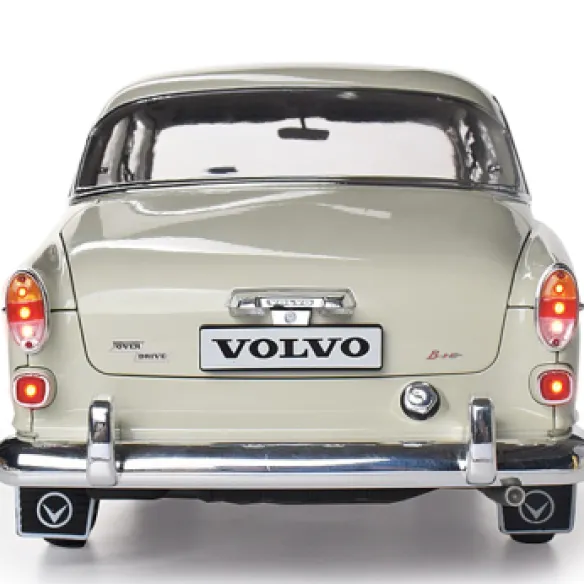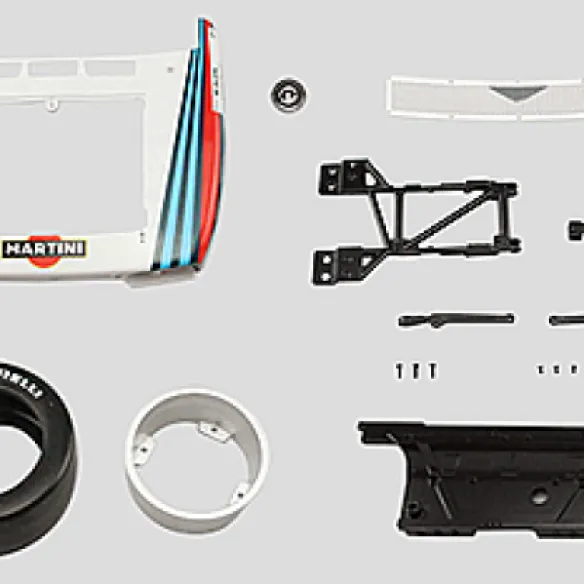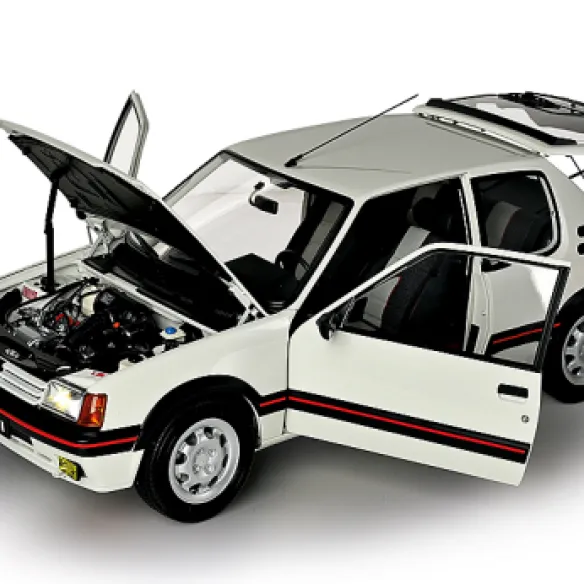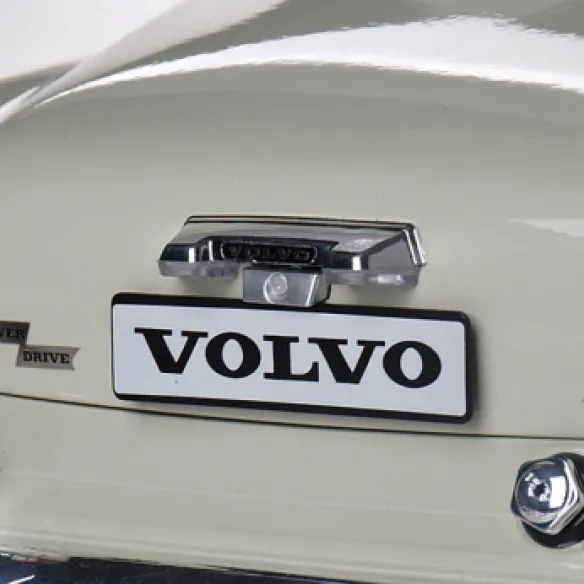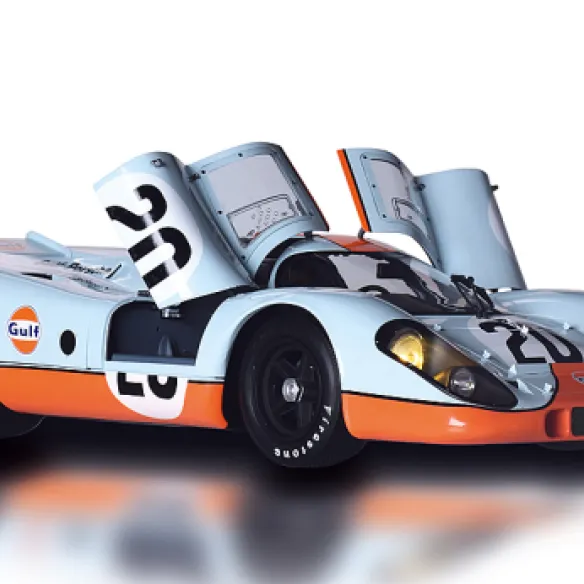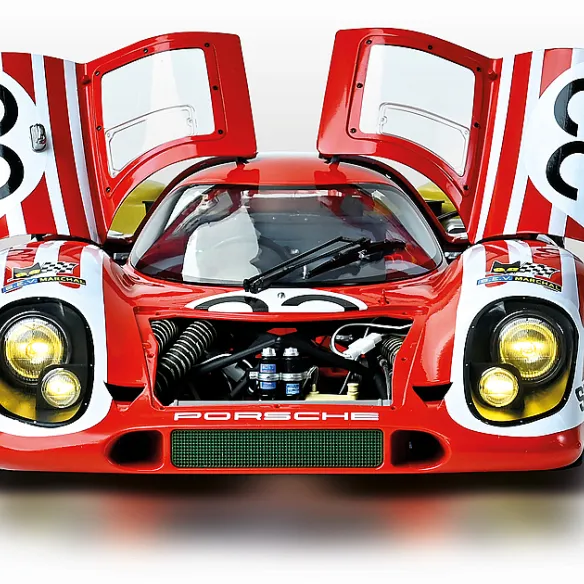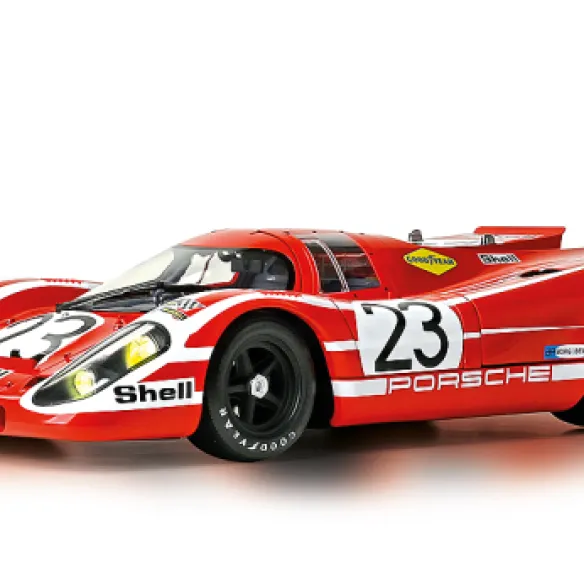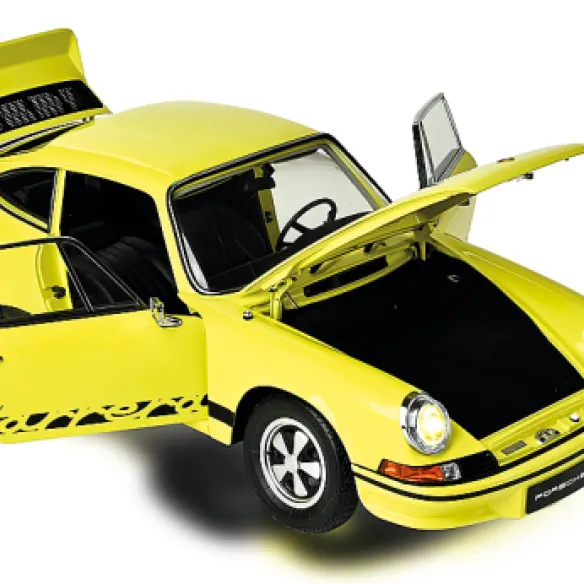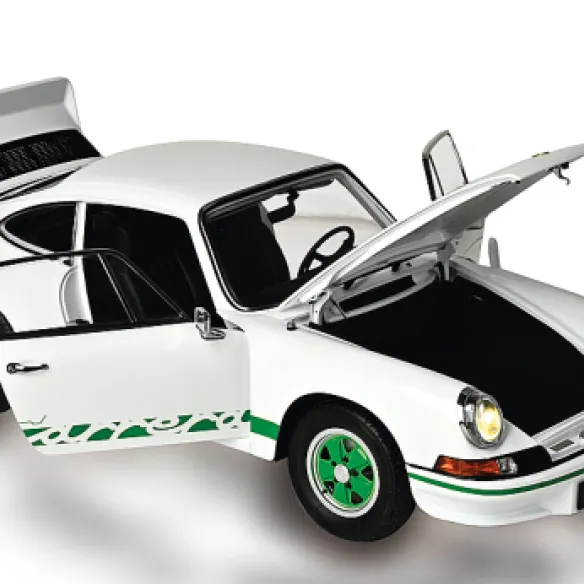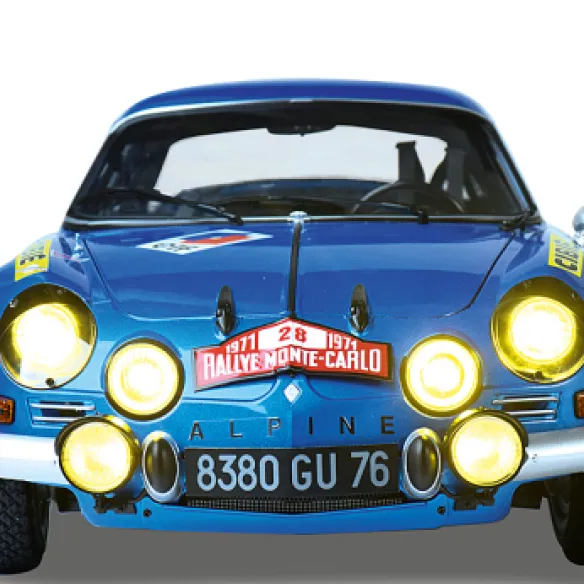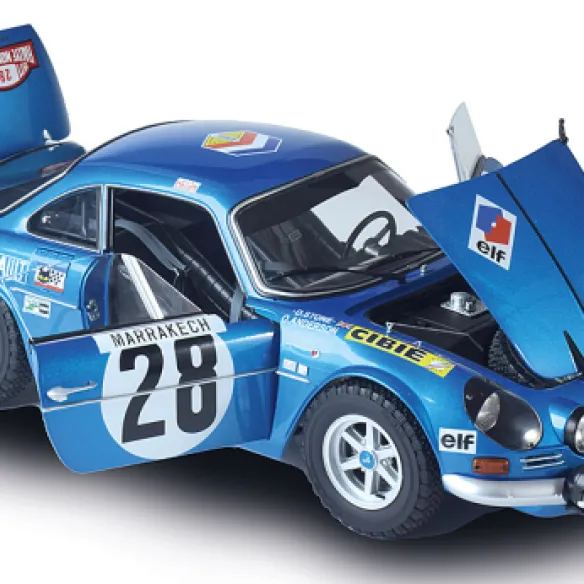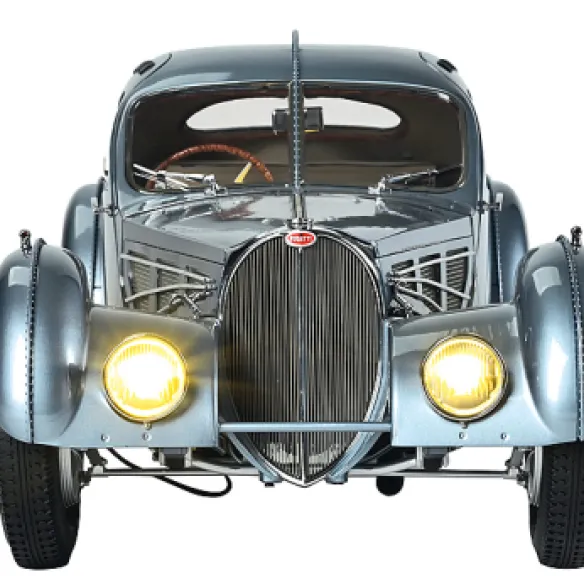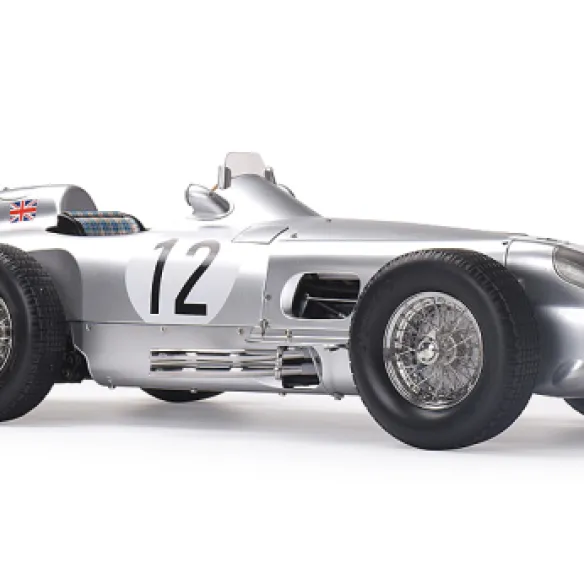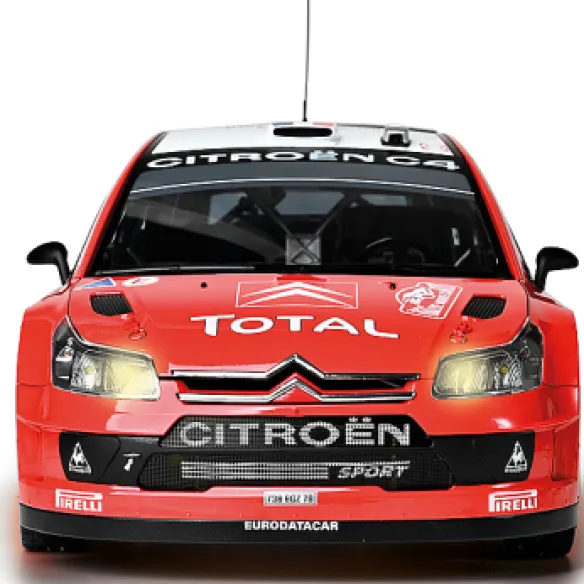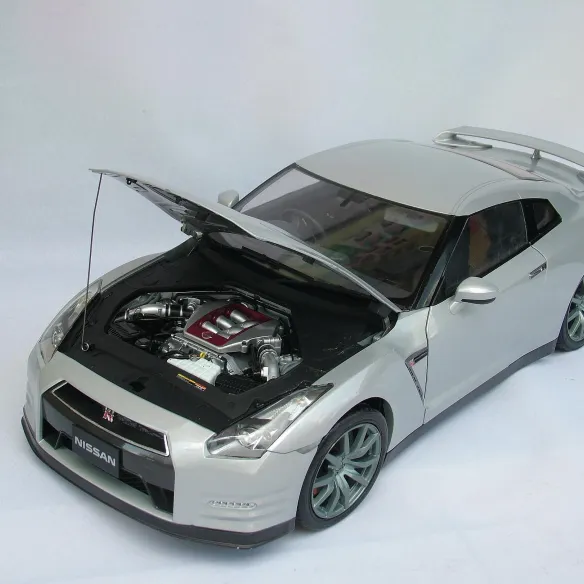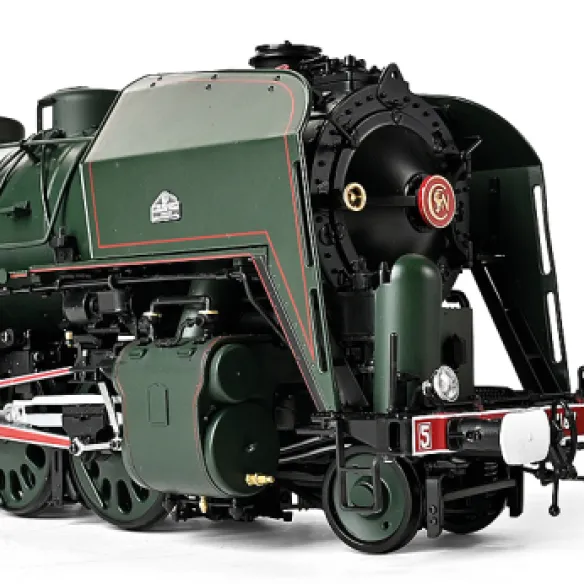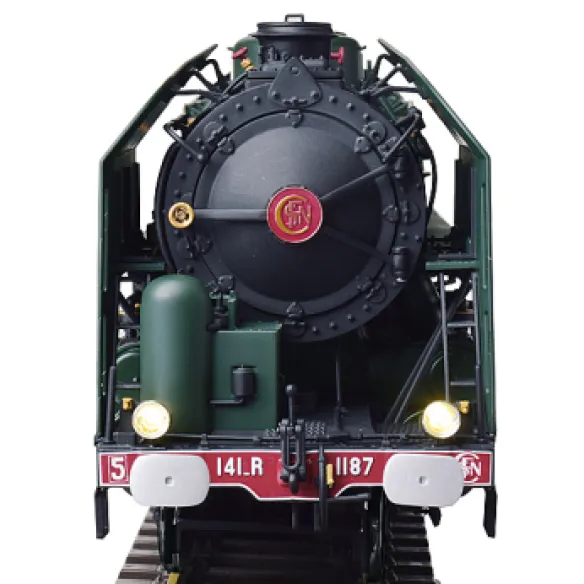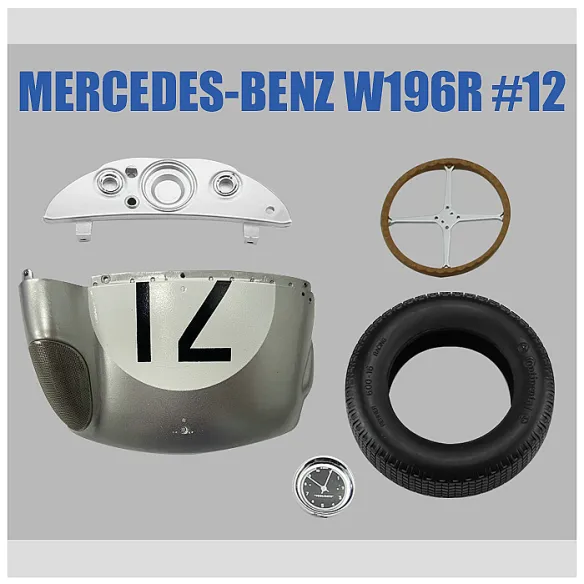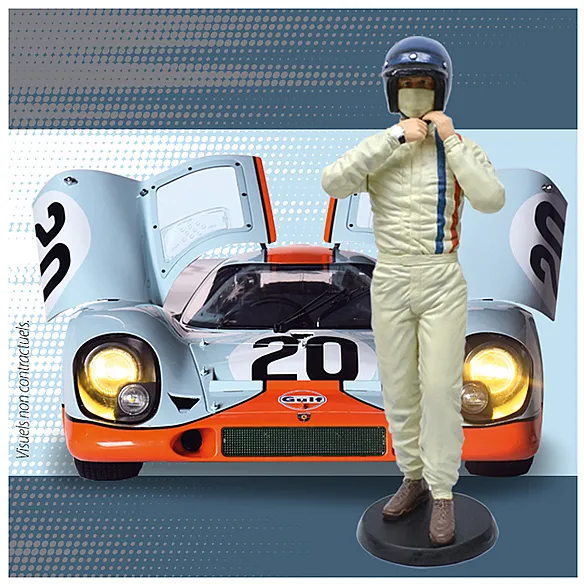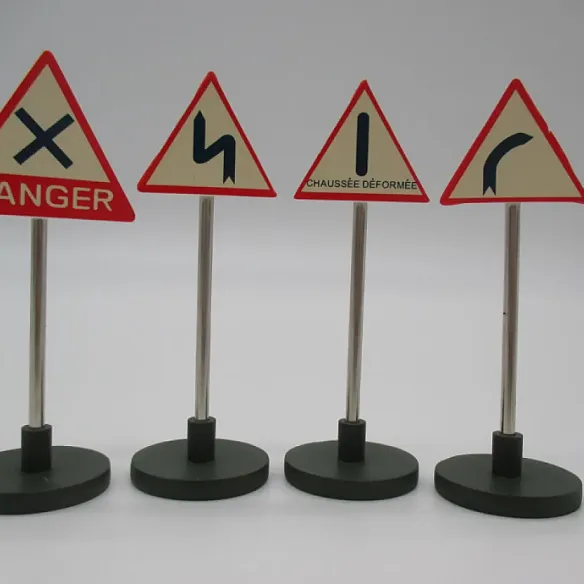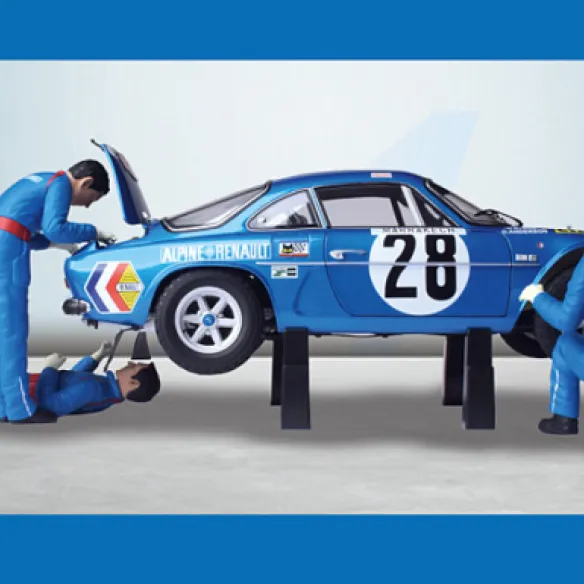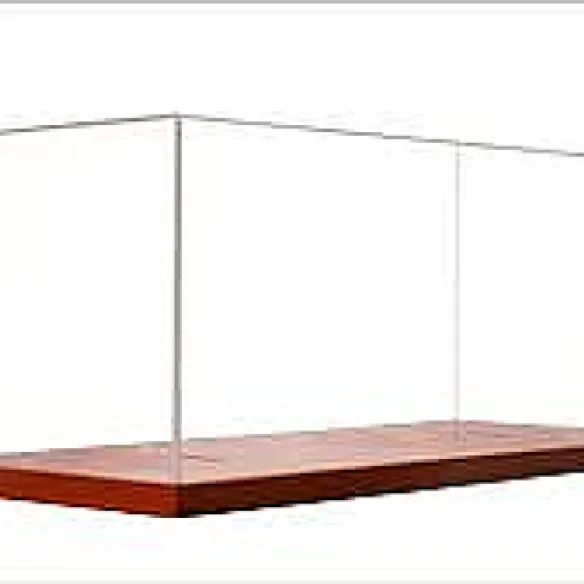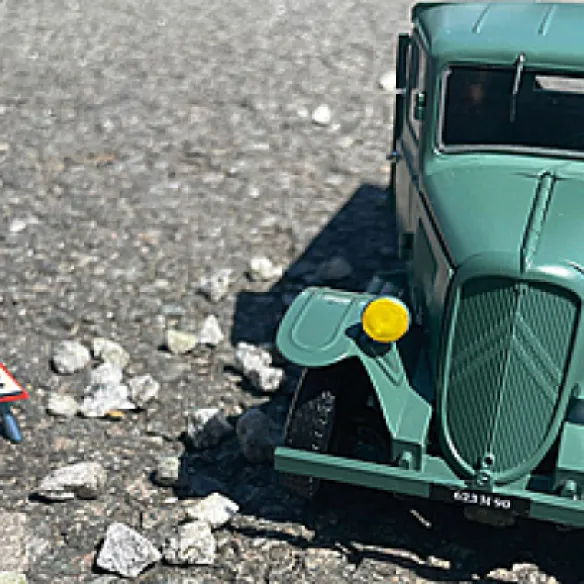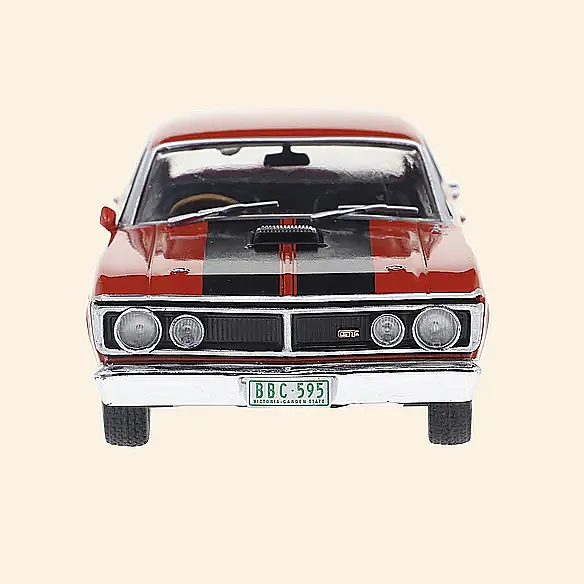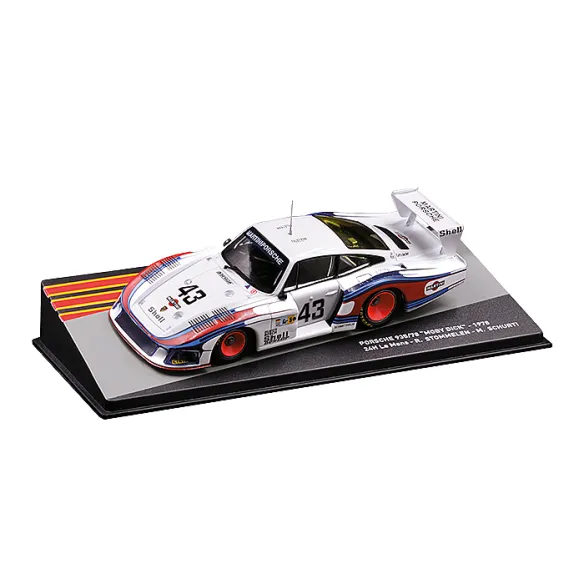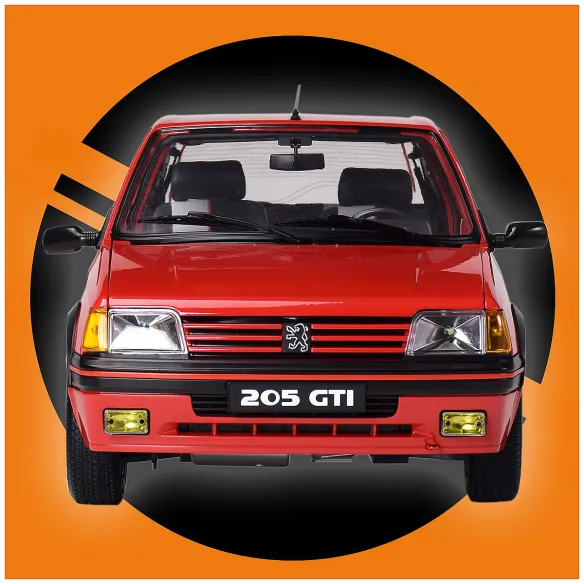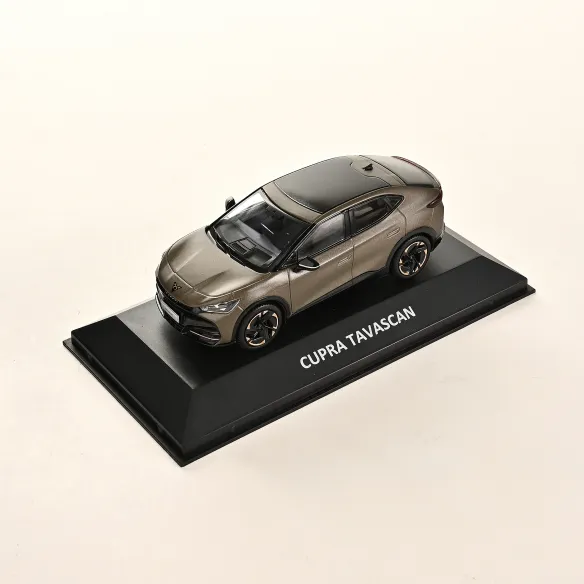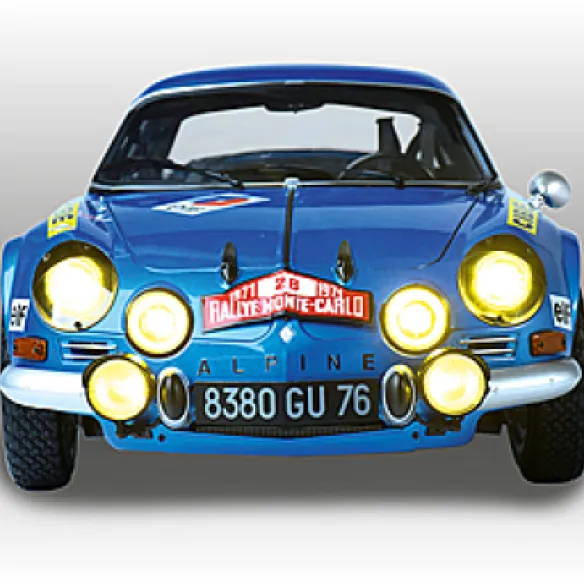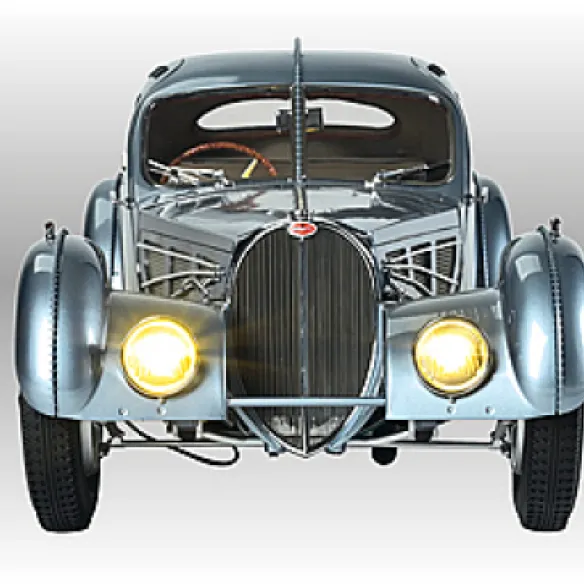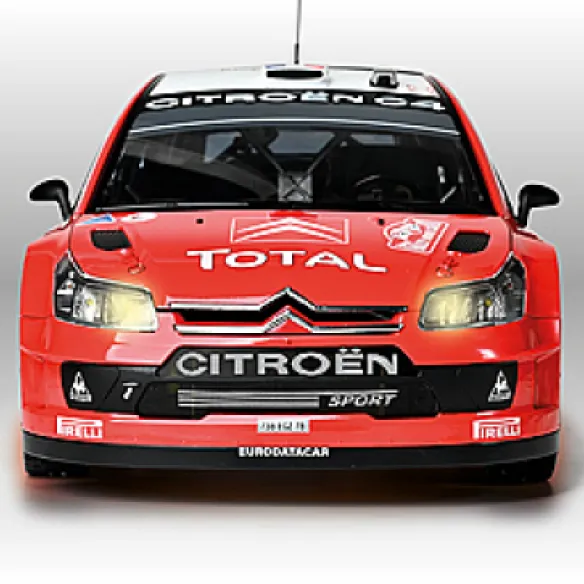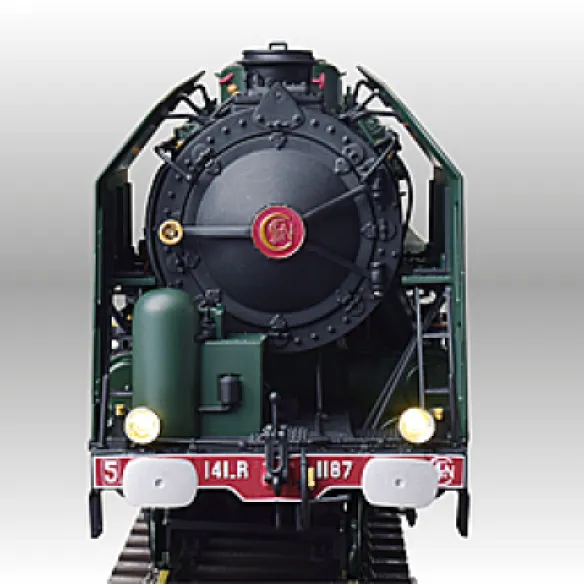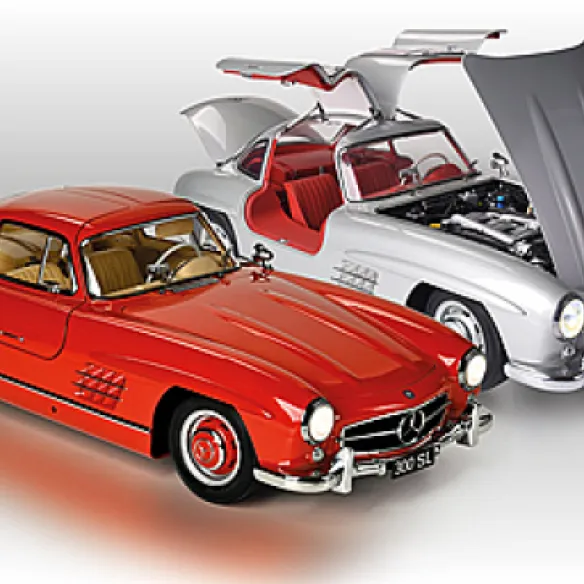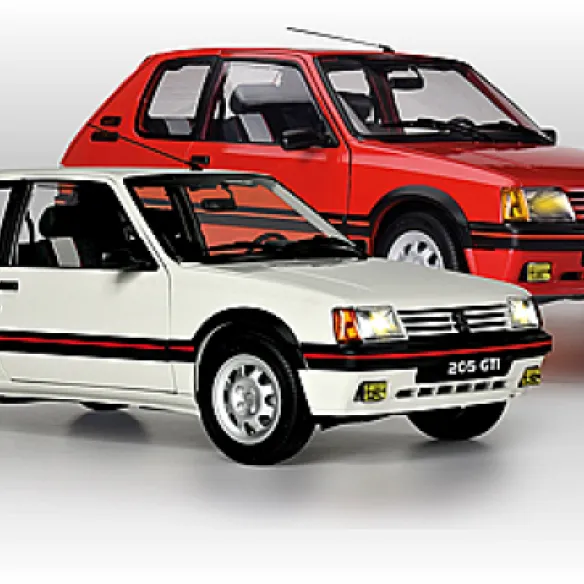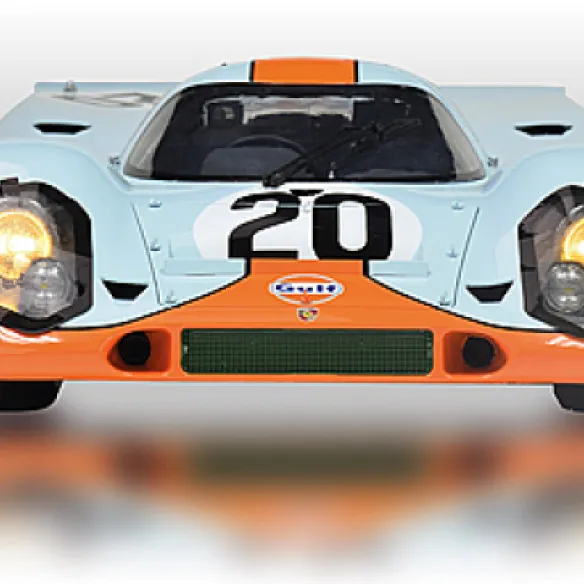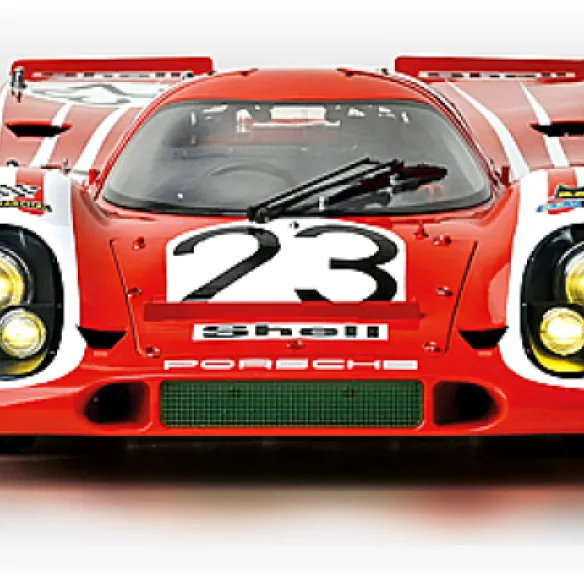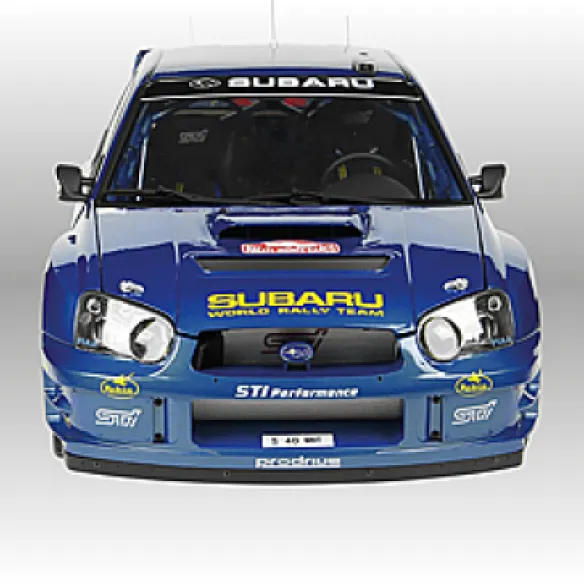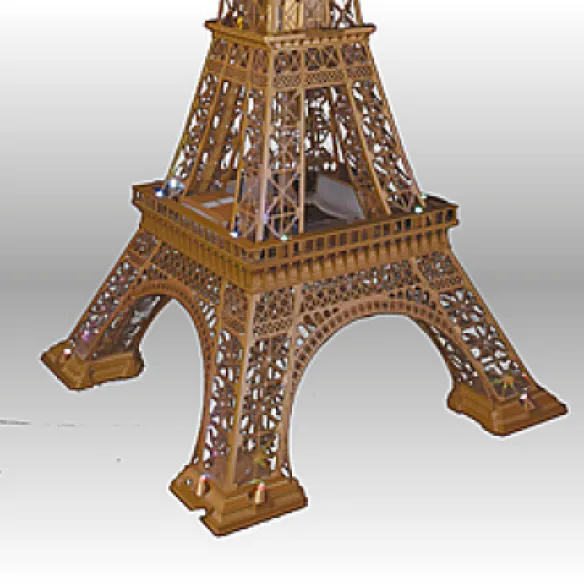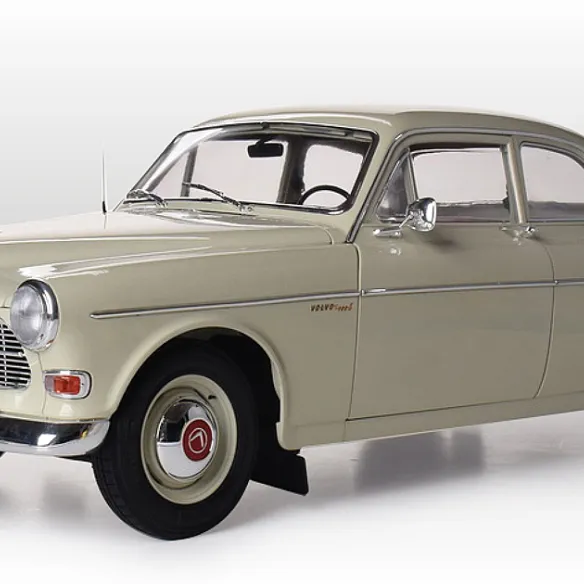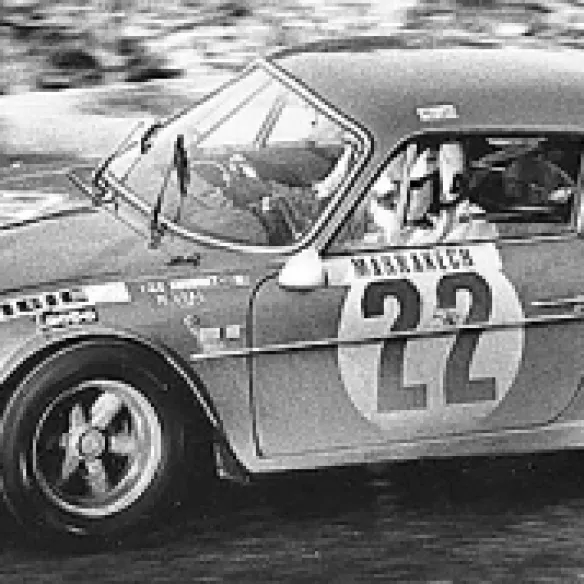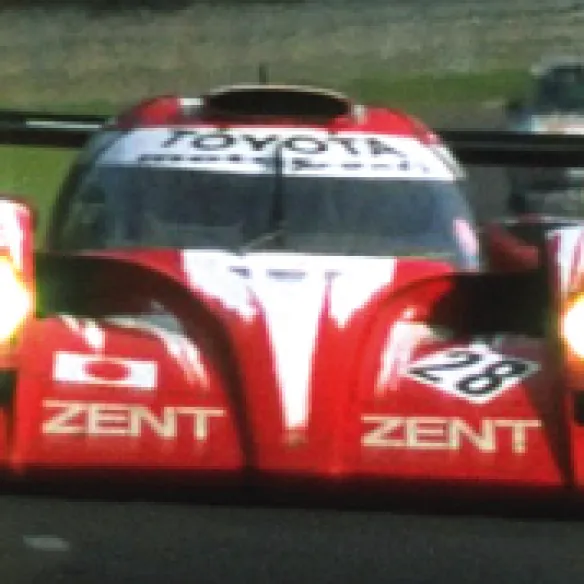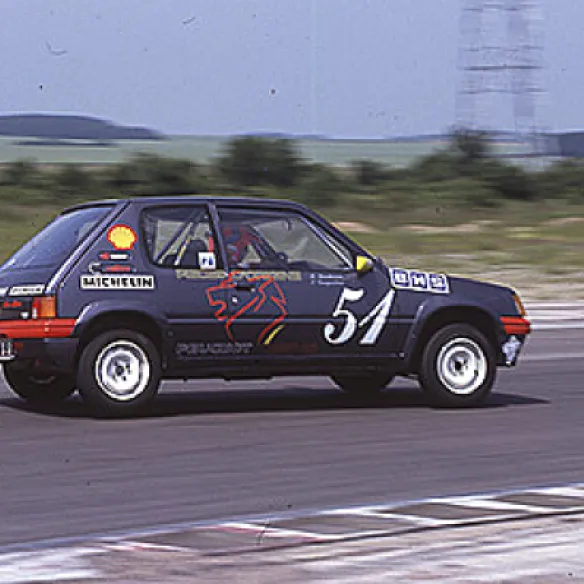
After dominating the World Rally Championship from 1974 to 1976 with its Stratos, Lancia decided to focus on endurance events. This proved successful, with the Group 5 Beta Montecarlo winning the World Sports Car Championship from 1979 to 1981. When the new Group B was created by FISA in 1982, Lancia was ready before anyone else, lining up the 037 Rally, a model derived from the Mon-tecarlo. The following season, Lancia won the Championship.
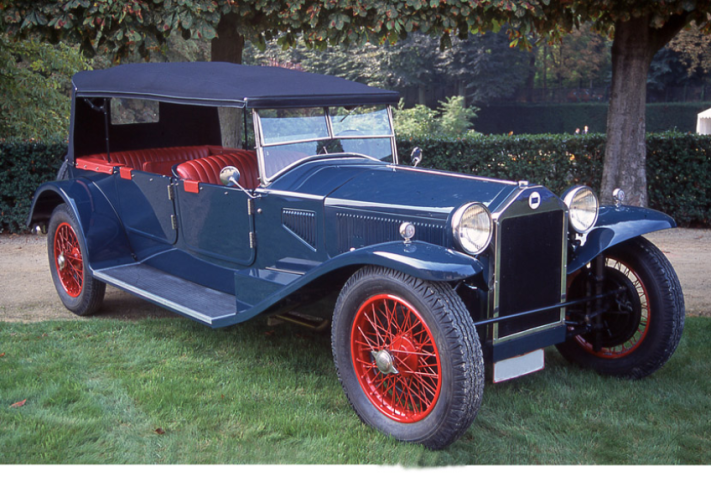
The Lancia Lambda revolutionised automotive engineering with the introduction, first in the world, of a self-supporting monocoque structure. © IXO Collections SAS - Tous droits réservés. Crédits photo © Lancia D.R.
When the Lancia Lambda made its debut at the 17th Paris Motor Show in October 1922, the public was astonished by its lines, which were in stark contrast to the heavier models exhibited by competing brands. The Lambda's look was resolutely modern, with a tapered rear end extended by a boot that functioned as a reinforcement box. One of the features that stands out at first glance is the particular-ly low ground clearance, which emphasises the impression of fluidity and dynamics that emerges from the whole.
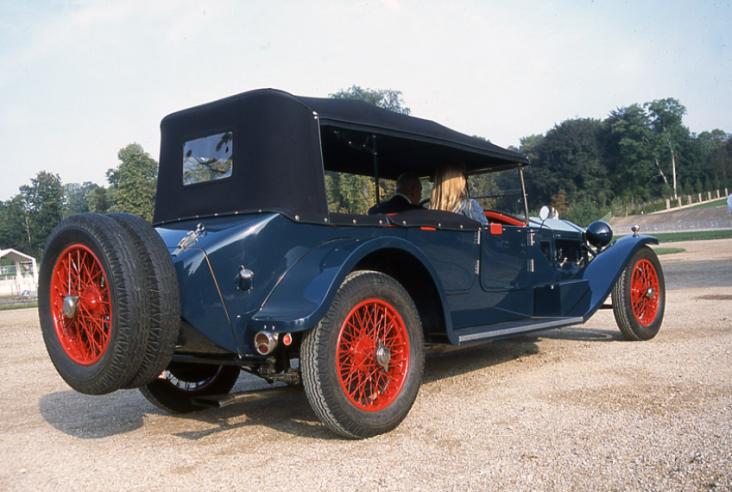
This view of the front reveals the renowned independent wheel suspension system enclosing the horseshoe-shaped radiator. © IXO Collections SAS - Tous droits réservés. Crédits photo © Lancia D.R.
AN EXTRAORDINARY DESIGN
Before being admired under the vaults of the Grand Palais, the Lancia Lambda experienced a long and difficult genesis, but above all one rich in bold research. For his new model, Vincenzo Lancia was keen to innovate once again, continuing the tradition of the cars he had designed in the past. He already had a number of technical successes to his name, such as the Theta and the Kappa, which he produced after the First World War, and he was constantly drawing up new ideas from his fertile imagination. The Lambda would allow him to experiment and bring to fruition concepts he had been working on for several years, such as the self-supporting structure and the front suspension with in-dependent wheels. The eight engineers in Lancia's design office, based in Turin's San Paolo district, worked enthusiastically 12 hours a day on the projects envisaged by Vincenzo Lancia. The result was revolutionary, and by the end of the summer of 1921, the prototype was completed. An initial test drive was organised in the streets adjacent to the factory, after which the owner himself drove the car from Turin to Mont Cenis, accompanied by his faithful test driver Luigi Gismondi. Engineers Scacchi, Rocco and Cantarini were also part of the trip, the latter two being in charge of developing the 2.1-litre V4 engine. The Lambda was not yet in its definitive phase, even though its self-supporting body-work was based on the patented concept of a curved body with two doors and an open bonnet. Alt-hough the bodywork of the first sketches had very rounded lines, these gradually took on a more angular appearance on the production models that left the factory in March 1922.
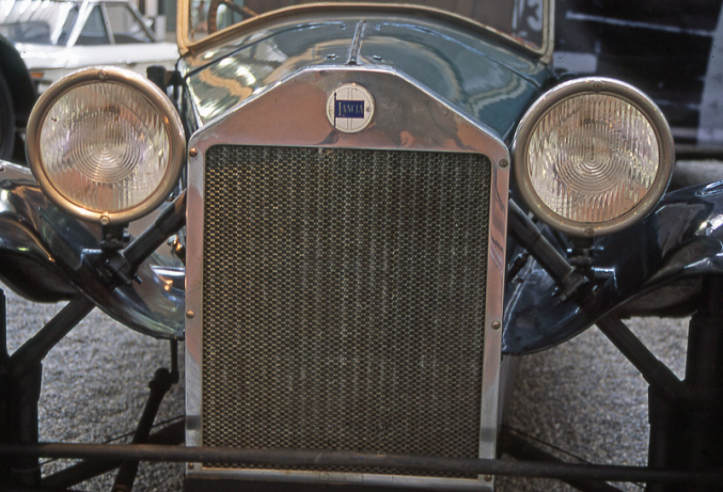
Cette vue de l’avant permet d’admirer la fameuse suspension à roues indépendantes encadrant le radiateur en forme de fer à cheval.© IXO Collections SAS - Tous droits réservés. Crédits photo © © Lancia D.R.
INNOVATIVE SOLUTIONS IN ABUNDANCE
The Lambda's structure is based on a framework of 2mm-thick steel sheets, pressed and riveted to-gether. The sides are connected by cross-pieces that support the engine, gearbox, suspension and seats. This structure then accommodates the steel panels that form the bodywork itself. The panels are pierced at door level and the edges of these openings are hemmed to maintain rigidity. The radia-tor grille at the front, in the shape of a horseshoe, was assembled from heavy metal sheets. It sup-ported the top of the front wishbone and its rigidity played a vital role. A curved shaped tunnel runs through the middle of and above the floor. This is where the drive shaft is routed to the rear axle, thus lowering the car's ground clearance. The new independent-wheel suspension also posed another challenge, as drum brakes were fitted at the front, where the prototype did not include any, and were operated by reinforced cables. The four-cylinder V-engine was particularly narrow, so the crankcase was positioned underneath the bonnet to save space, while the crankshaft and gearbox controls were housed in the tunnel enclosing the drive shaft. Rather than being integral with the engine block, the gearbox was bolted to a crossmember located behind the flywheel.
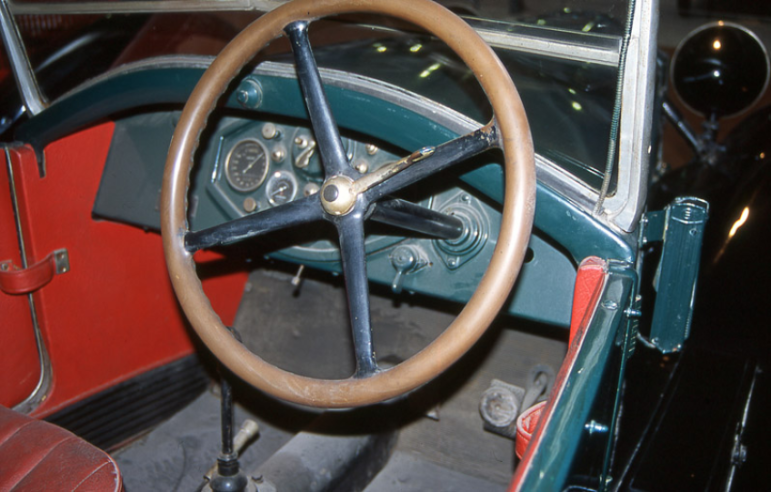
On the floor of the passenger compartment, under the steering wheel, you can see the tunnel con-taining the transmission shaft leading to the rear differential. © IXO Collections SAS - Tous droits réservés. Crédits photo © Lancia D.R.
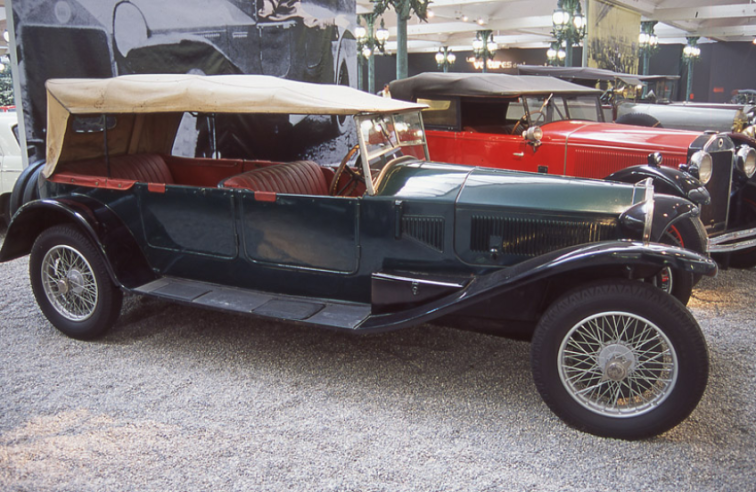
The Lancia Lambda may well have deserved the title of "Queen of the Road", twelve years before the Citroën Traction, for its suspension was such a perfect example of smoothness and balance. © IXO Collections SAS - Tous droits réservés. Crédits photo © Lancia D.R.
Recent articles
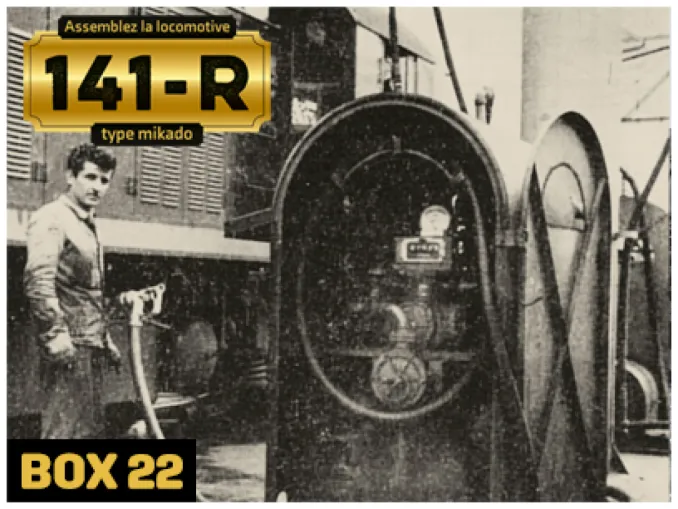
24/06/2025
The 141-R, late queens of petrol
With the 141-R, the reign of coal in France suddenly declined.
Read more
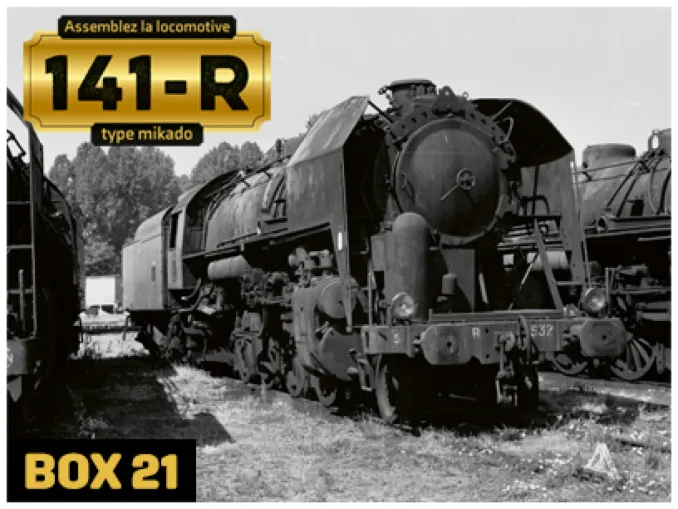
24/06/2025
The 141-R, the arrival of the second tranche
The 141-R-701 to 1340 locomotives make up the second tranche, delivered from 15 August 1946, while those in the first tranche are still being delivered.
Read more
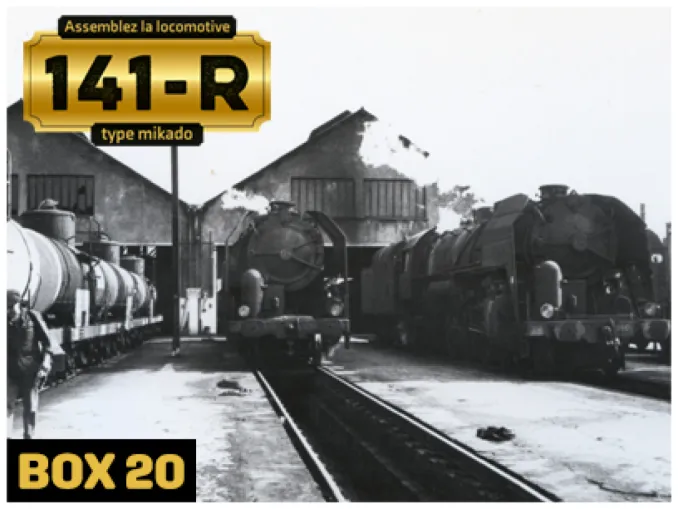
24/06/2025
THE 141-R CHANGED THE ROLE OF STAFF
These powerful, robust locomotives, imported from the United States after the Second World War, radically transformed the role of the staff at SNCF depots in terms of rail transport in France.
Read more


 English
English français
français Deutsch
Deutsch español
español italiano
italiano português
português